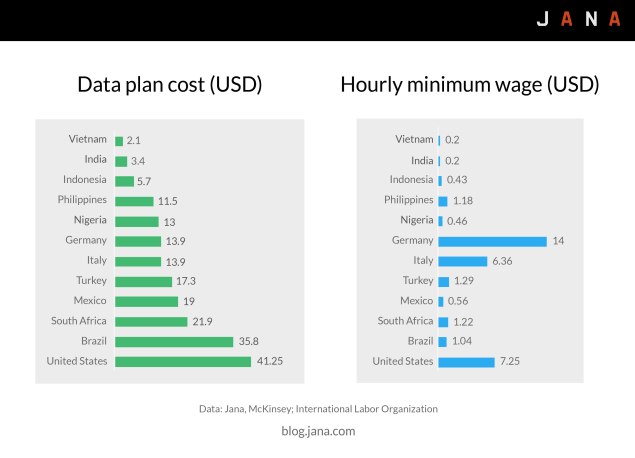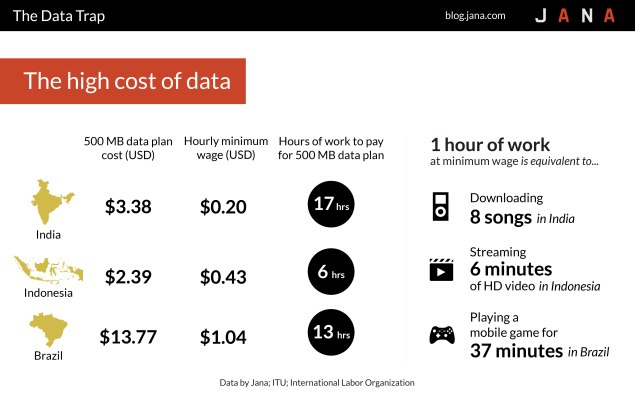In a move virtually all observers expected, Charter Communications is making a bid to buy all of Time Warner Cable for about $55.1 billion in cash and stock.
Among other things, the deal would cement the leading position of cable TV operators in the fixed network high speed Internet access market. After the deal, the two largest providers would be cable TV companies. The first telco, AT&T would rank only third, in terms of subscribers.
Cable TV companiesj would hold three of the top four subscriber rankings for fixed network Internet access.
Among other things, the deal would cement the leading position of cable TV operators in the fixed network high speed Internet access market. After the deal, the two largest providers would be cable TV companies. The first telco, AT&T would rank only third, in terms of subscribers.
Cable TV companiesj would hold three of the top four subscriber rankings for fixed network Internet access.
Bright House Networks, a smaller cable company that Charter is trying to buy, and which traditionally has acted in concert with Time Warner Cable, will also be merged into the combined entity.
If the deals are approved, and most believe they will be approved, would make Charter the clear number-two U.S. cable TV provider, in terms of subscriber share, and would further concentrate the industry.
Charter would have about 17.8 million video subscribers, trailing Comcast with up to 22.3 million. The new number three provider would be Cablevision Systems Corp., at 2.6 million video subscribers.
Many observers would say video market share, while important, is not as important as high speed access market share.
Looked at it those terms, Comcast would have 22.4 million high speed access accounts, the largest share in the fixed network industry. Among cable TV firms, Charter would be the clear number two with up to 20 million Internet access subscribers.
Cablevision Systems Corp. likewise would be the third-largest U.S. cable TV operator in terms of Internet access subscribers.
In the fixed network segment overall, the Internet access rankings would include Comcast at number one, Charter number two, AT&T at about 16 million ranking third.
Verizon would rank fourth, with about 9.2 million Internet access subs. CenturyLink would rank fifth, Cablevision Systems sixth and Frontier Communications seventh.



